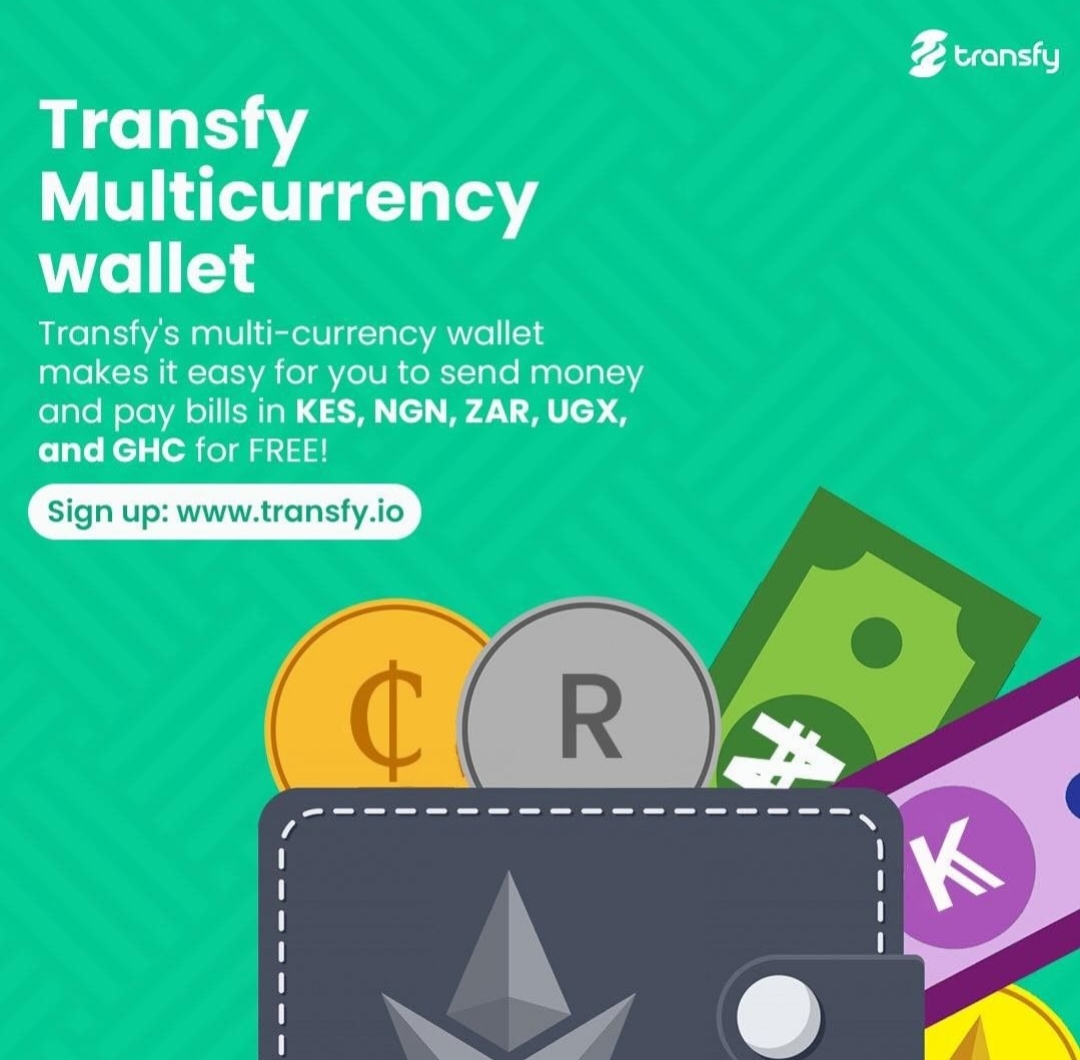Individuals, businesses, and investment firms wanting to indulge in cross-border transactions should be well equipped with the right tools and knowledge on how to make the best of them. It's critical for international merchants to be ready to accept payments in all of the countries they're pursuing.
When a merchant wants to expand abroad, they should collaborate with an appropriate Payment Service Provider (PSP) that enables a secure, cross-border payment gateway.
A payment gateway connects the multiple aspects of the payment mechanism, allowing funds to be safely transferred between the client and merchant, and the respective issuing and collecting banks. It verifies all the transactions and encrypts the confidential financial data sent between the corresponding parties involved. To increase your chances of accessing new markets, whatever gateway you choose must support a wide choice of trading and settlement currencies.
Card transactions in local currencies have the opportunity to result in increased acceptance rates.
Understanding Different Types of Cross-Border Payment Options
Cross-border payment options majorly include credit card payments, bank transfers, and APMs.
Customers prefer to pay in a way that suits their needs, is faster, secure, and more convenient. They also want to be given personalized options and know their payment information will be kept safe. As a result, merchants must cover all bases and provide a variety of cross-border payment options for their customers to put their minds and wallets at ease.
- Credit Cards
Credit cards are a popular choice for many people when making cross-border payments. Consumers simply submit their credit card information and wait for the transaction to be validated. There's a lot that goes behind the scenes. Because they must convert between two distinct currencies, cross-border payments necessitate greater effort from the credit card networks and banks of both parties involved. The net handling fees are transferred down the balance sheet of the company as a result of the increased workload.
- Bank Transfer
International bank transfers are another long-standing and secure way of placing a cross-border payment. Most of the major banks will have a limited range of currencies stocked. However, it is not possible to deploy beyond a certain limit at any given time. Therefore, when a customer in country A is looking to transfer money to a country B where they don’t have the currency in stock form, they will have to rely on their foreign banking partners to engineer the transaction. Smaller banks often do not hold any foreign currencies, so they look to large banks to host cross-border payments on their behalf.
Well, this is just the tip of the iceberg for cross-border financial transactions; there are likely to be several parties involved, causing the transaction to be delayed, so better buckle up.
- Digital Wallets
A digital wallet is a software-based electronic APM that enables clients to pay for purchases online or in-store, whatever they need. eWallets, which are popularly and readily available as apps for smart devices, allow users to safely keep their preferred payment cards so that they may pay for goods and services at their whim and avoid the long-standing hustle.
PayPal, NE teller, Alipay, Apple Pay, and Google Pay are just a few examples of popular eWallets for cross-border payments.
Consumers can use some eWallets to transact in several currencies and purchase items across borders. Although wallet-to-wallet transactions are not strictly cross-border payments, they nevertheless do aid in the transaction's completion.
The process is not classified as a cross-border payment till the money is deducted from the eWallet and forwarded to the merchant's bank account.
Why is the Market Expanding for B2B Cross-Border Payment?
The experts read between the lines to analyze the current trends of B2B Cross-border payments and are confident that these numbers are going to get up only. Covid- 19 pushed the world onto the churning wheels of digitalization. The world became smaller, and restrictions became weaker. It is reported that there could be a stark 30% increase in Cross-border payments from 2020 to 2022.
The sector is poised and fired up for innovation and research, with worldwide B2B payments set to be a hot topic in the future. The proposed streamlining of cross-border payments is expected to assist the travel and hospitality industries on a broader scale.
Roadblocks You Might Face in Cross-border Transactions
Merchants without a significant experience in international transactions ought to be apprehensive further about the expense and schedule associated with cross-border processing payments, and accessing multiple jurisdictions to execute a purchase may appear challenging.
Merchants prioritize accepting funds as promptly and cost-effectively as feasible, so working with a PSP who can help ease these penalties imposed spots is critical.
Furthermore, retailers must collaborate with a provider who is clear about the transaction and foreign exchange (FX) fees to avoid hidden costs.
Conclusion
While the semantics of understanding the working of cross-border payment is not that hard to follow. There can be pertaining confusion on what sources to trust. For the sake of your mental peace and reliability, once you are done with your research and have picked the best alternative means to execute your transaction, you can always do a little test run with a relatively smaller chunk before pulling the big guns out. You need a partner who simplifies the process in a transparent manner and gets the job done quickly.



